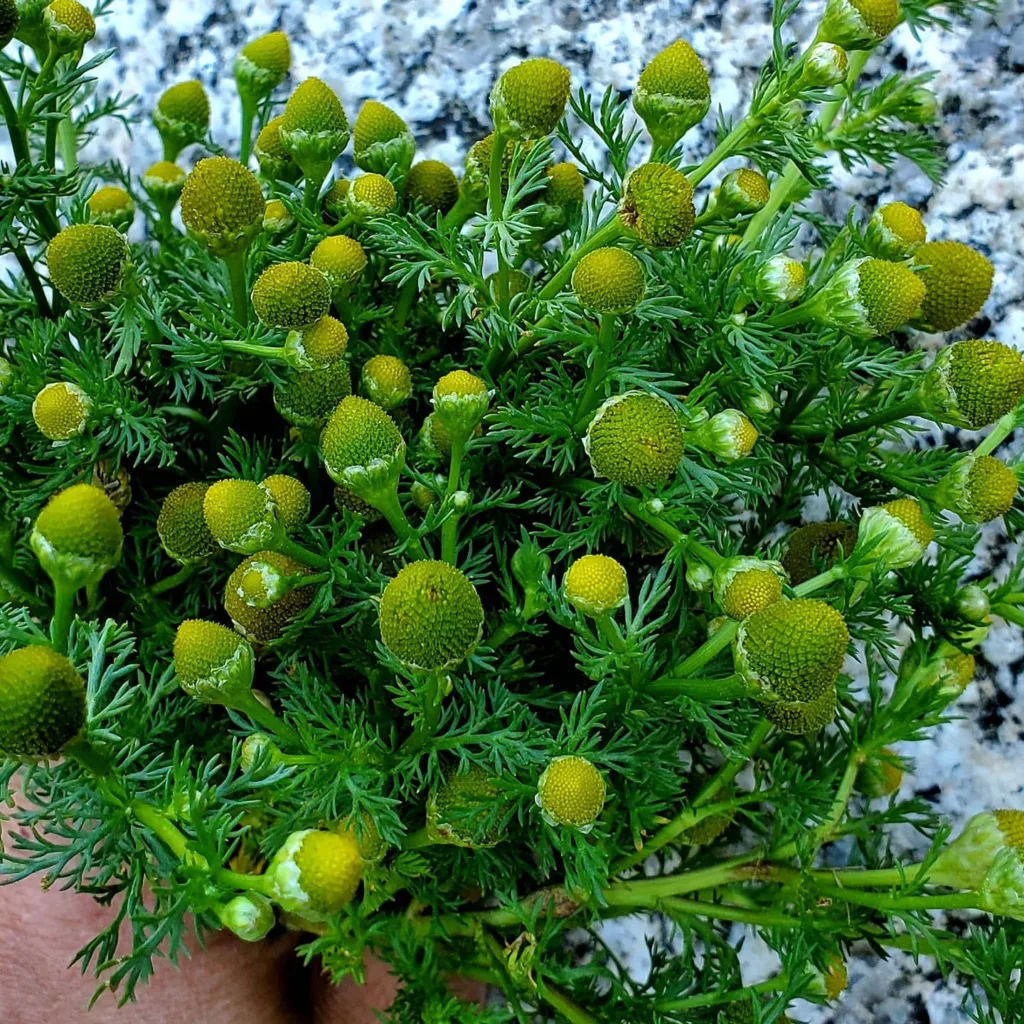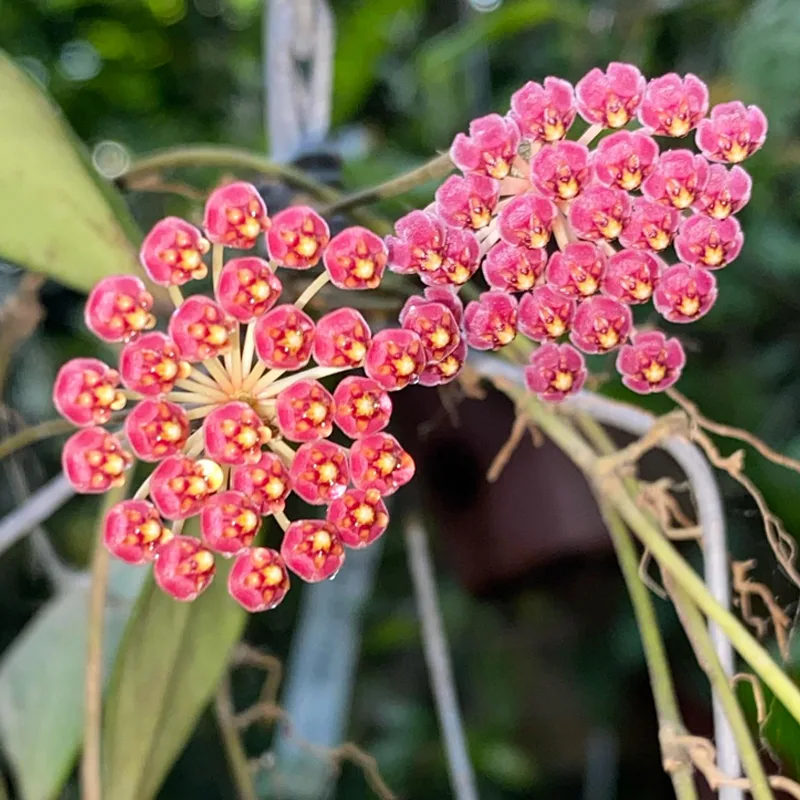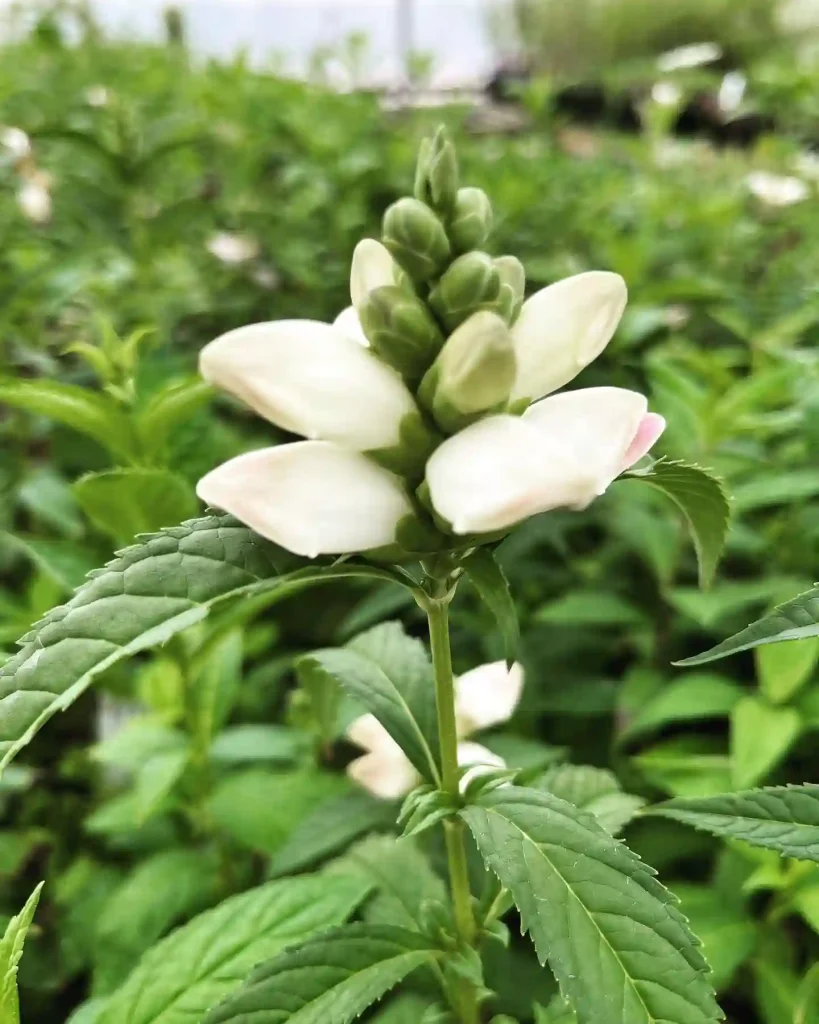
Encounter with the Green Hawthorn: A Gardener’s Delight
For those who love the subtle beauty of native plants, the Green Hawthorn, or Crataegus viridis, is a treasure. This southeastern native has captivated me with its year-round charm, offering a delightful display of flowers, fruits, and foliage.
267 Species in Genus Crataegus
How to Pronounce Crataegus viridis?
Let’s start with the name. Crataegus (CRA-tee-gus) comes from the Greek word “kratos,” meaning strength, alluding to the hawthorn’s tough wood. Viridis (vih-RI-dis) simply means green in Latin, referencing the plant’s vibrant foliage.
Now, on to this captivating shrub-turned-tree. My fascination began with its springtime display. Delicate white blossoms erupt in clusters, blanketing the branches in a fragrant cloud. These tiny flowers, each with five petals, resemble miniature roses and attract a symphony of pollinators – a welcome sight for any gardener concerned about bee populations.
Beyond Spring: A Multi-Season Marvel
But the Green Hawthorn isn’t a one-season wonder. As summer unfolds, the blossoms give way to a profusion of small, green fruits. These gradually ripen throughout the fall, transforming into a vibrant display of red or orange. These little pomes, as they’re called, not only add a pop of color but also provide a valuable food source for birds during the colder months.
Even after the fruits have been devoured, the Green Hawthorn continues to hold its own. The glossy green leaves transition into a fiery display of yellows and oranges in autumn, adding another layer of visual interest to the landscape.
A Haven for Wildlife
Beyond its aesthetic appeal, the Green Hawthorn is a haven for wildlife. From the pollinators attracted by its spring flowers to the birds feasting on its fall fruits, this plant fosters a thriving ecosystem in your backyard.
A Resilient and Adaptable Plant
Green Hawthorns are incredibly adaptable. They thrive in full sun but can tolerate partial shade. They’re not fussy about soil type, doing well in average, well-drained conditions. This resilience makes them a fantastic choice for gardeners of all levels.
How to Care for Crataegus viridis?
While low-maintenance, caring for your Green Hawthorn is essential to ensure it flourishes. Here’s what you need to know:
- Watering: Water deeply during the first year or two of establishment, especially during prolonged dry periods. Once established, they’re quite drought tolerant.
- Pruning: Prune young trees to encourage a strong branching structure. Mature trees require minimal pruning, but you can remove dead or diseased branches as needed.
- Pests and Diseases: Green Hawthorns are generally resistant to most pests and diseases. However, keep an eye out for common garden problems like aphids or fireblight.
How to Propagate Crataegus viridis?
If you’d like to expand your Green Hawthorn collection, propagation is relatively simple. You can achieve this through seeds or softwood cuttings.
- Seed Propagation: Collect ripe fruits in the fall. Extract the seeds and store them in moist stratification (think damp sand in a sealed container) in the refrigerator for several months. Sow the seeds outdoors in the spring and be patient – germination can take up to a year.
- Softwood Cuttings: Take cuttings in early summer from new, non-flowering growth. Dip the cut ends in rooting hormone and plant them in a pot filled with a well-draining potting mix. Keep the soil moist and provide indirect sunlight. With proper care, roots should develop within a few weeks.
What to Plant With Crataegus viridis?
The Green Hawthorn’s versatility allows it to shine in various garden settings. Here are some ideas for companion plants:
- Perennials: Consider planting colorful perennials like coneflowers or butterfly weed at the base of the Hawthorn to create a vibrant wildflower meadow aesthetic.
- Shrubs: For a layered look, pair your Green Hawthorn with other flowering shrubs like Viburnums or Deutzias.
- Small Trees: If you have the space, consider planting your Hawthorn alongside a small flowering tree like a Dogwood for a stunning seasonal display.
With its beauty, resilience, and ecological value, the Green Hawthorn is a fantastic addition to any garden. So, if you’re looking for a low-maintenance native plant that offers year-round interest, consider giving this southern charmer a try. You won’t be disappointed.
If i die, water my plants!



